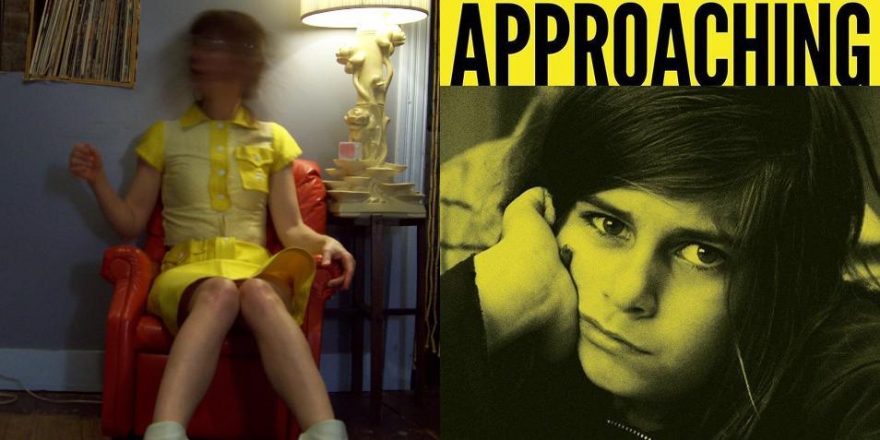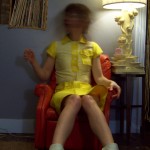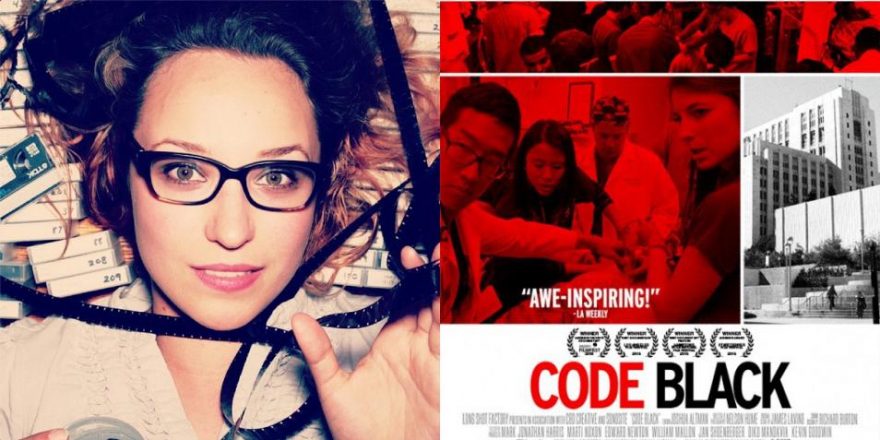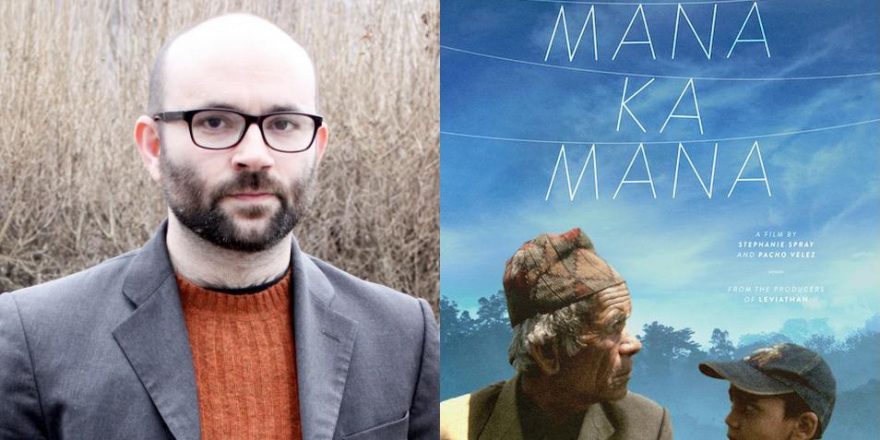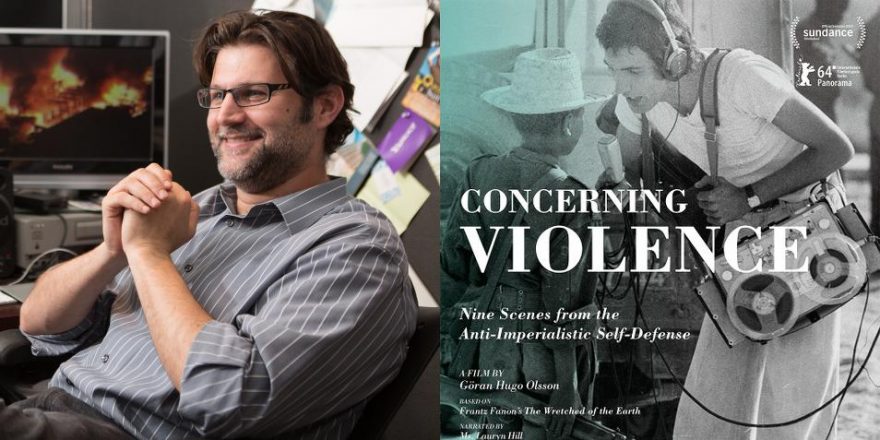Amanda Rose Wilder’s Approaching the Elephant documents the inaugural year of the Teddy McArdle Free School in New Jersey. As might be expected at a free school, this year is a mixture of chaotic, unformed, scary, hopeful, ecstatic and disappointing. The director of the school, other teachers and children take their self-actualization seriously. Meetings are called, spaces defined and redefined, entire fields of study dismissed (Math? No!), tears are shed, boundaries discussed and dramas stoked and quelled over and over again. I had to remind myself, not being a parent, that the lives of children are necessarily dramatic. Free school or not, those critters are on a roller coaster and, as subjects for a documentary, I suppose you needn’t worry that you won’t be able to carve out a story. Drama is the currency of children, as well as the currency of cinema.
It’s hard not to think, with these rolling waves of conflict, about reality television (America’s most pervasive documentary format), where drama is ramped up and used as an alternative to interest or substance. One of the things which the Teddy McArdle Free School does well, when conducting their frequent emergency meetings to address issues such as rule violations, rule constructions, bullying, etc., is to request resolution. “Do we feel this issue has been resolved?” is a statement we hear several times.
This desire to put drama away, as a pedagogical tool, parallels Wilder’s aesthetic decisions nicely. There is a peaceful quality to the movie that, for a documentary about pretty wild kids basically running the joint, seems no easy feat. Recurrent images of a long, dim hallway, cut between the volcanic social and political struggles, serve as both a structural move (a stanza break or musical rest) and a psychological release valve. The viewer is given a moment of respite and contemplation. The lack of aggressive sound design (or is it aggressively restrained sound design?) and the choice to make the film black and white also help create a sense of quiet. (The exact volume of color is a synesthesiac’s equation.)
I almost always take umbrage with movies in black and white… unless there is some clear contextual motivation, it just bugs me. Makes me want the piece to be film or just makes me so aware that video wishes to be film which, you know, gets sad. A thing wanting to be another thing. Particularly in a documentary about a radical approach to pedagogy (with its obvious corollaries to radical society construction), the ostensible goal of which is a human being what it is they are.
But my rote prejudice against black-and-white video (made after, say, the mid-’70s) was swept away pretty immediately. Approaching the Elephant is so beautifully shot, with an understated stillness and gorgeous, elegant compositions. It’s hard not to think about Frederick Wiseman, of course, both his interest in institutions as well as his perfect compositions. Wilder employs similar Wiseman-esque restraint, like resting on a child’s face when the action is clearly elsewhere, given to us only through the soundtrack and the reaction of the child we are watching. (Charles Burnett kept popping into my head as well, his camera calm and patient on children in reverie or at play.) Wilder’s ability to stay steady on these children’s faces is another tack which helps to diffuse the chaos. Or steadies it to the point of bearability, moves it away from the tedium of reality-television drama.
(As I’m writing this, and thinking about drama, my neighbors outside are in the street yelling at each other at the top of their lungs. One of the men keeps yelling, “That’s how your ass do,” over and over. Without hyperbole, he has probably said it no less than 20 times. I can’t imagine how that issue will be resolved. I mean, if that’s really how his ass do.)
I’m so impressed with how present and engaged the children in this movie are. Are these extraordinary children or does the exceptional environment force them to step up and take part in how their days are unfolding? I guess probably any parent who would send their child to this school (…don’t wanna learn how to read? No problem) is probably pretty far out and has sown some radical seeds into these tots. There is so much that has been written on the sheltered nature of millennials and the pitfalls of “hover parenting,” and as a college professor I do sometimes wonder at just how ill-equipped some kids seem for the very daunting task of life. It was frankly so great to see these young kids sawing and hammering with their tiny spastic fingers just inches away from the poorly used tools and their attention so ready to jump away at any interruption.
When I was this age (9, 10, 11? How old are these kids?), I simply went to school and bided my time trying not to call attention to myself until I could return home and again be whoever it was I was. I didn’t realize kids had formed friendships with each other outside of school until I was in seventh grade. I wasn’t required by my family to be too engaged with the classwork, and the different schools I attended didn’t seem to ask that I engage myself politically or socially with the experience. It was like being on pause. This is thrilling, this glimmer of a new possible reason I am maladjusted! Perhaps, had I been encouraged to consider the curriculum or social interactions of those approximately 950 elementary school hours, I might today have a more reliable set of social skills. Perhaps.
I fully endorse the idea of children being given the time and space to find what truly engages them, and I’m thankful for the revolutionaries in our midst, these adults trying to find more expansive, humane ways to educate children (and all the radicals forging new ways to interact with each other). But whoa, it’s hard and fraught with contradictions! In this first year at the McArdle Free School, the kids don’t all move off to find their level, but, like pack animals, they follow the “leader,” and this leader is a handful.
One of the stories which Wilder carves so elegantly out of what must have been countless hours of fascinating footage, is that of the troublemaking Jiovanni and his impact on the other students, the school’s director and maybe the impression of the success or failure of this first year. Jiovanni’s actions are the subject of many meetings and ultimately the climax of the movie. He is called a bully, he is called disrespectful, he is called fun, and faces a stand-off with the school’s vision.
Just what Alex Khost, the director, or anyone trying to reform an institution so radically, is trying to do, seems maddening and the paradoxes are rife… Should he not simply let the bully kid hurt the other kids? Or fall off the poorly constructed fort? Or not take part in group meetings? I mean, if truly finding your level is the goal?
Of course, it’s an untenable proposition. The director directs and makes executive decisions but not before (like several children prior to him and couples in marriage counseling everywhere) threatening to quit if he does not get his way. The leader child/trouble child is expelled from utopia leaving a gaping hole, a small lovesick girl and another boy with a waiting, despotic glimmer in his eyes.


